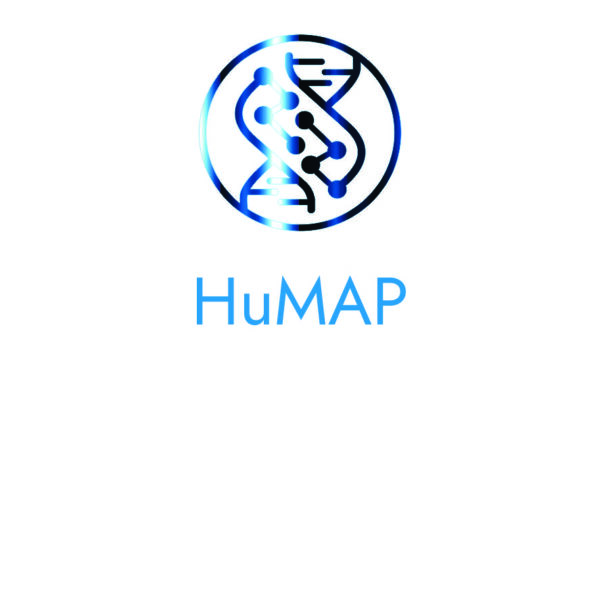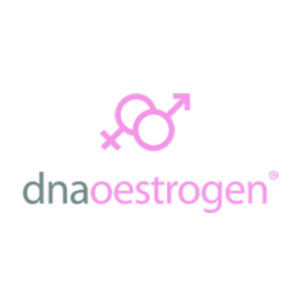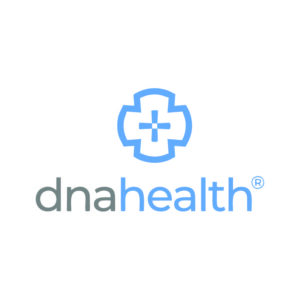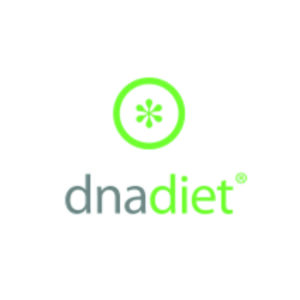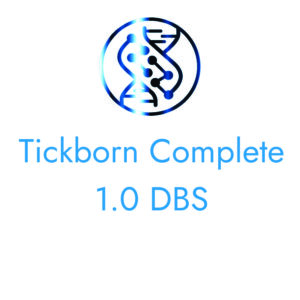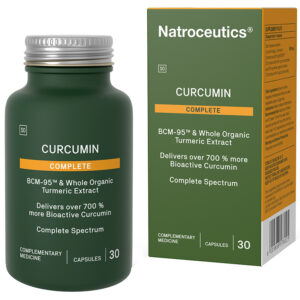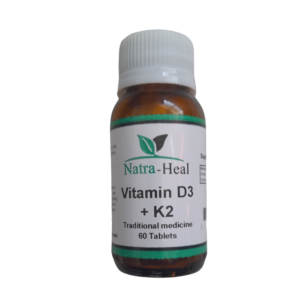HuMAP – Hormone & Urinary Metabolites Assessment Profile. ( Doctors Data) NEW (On Promo until 31st Dec 2023-Normal price R6595).
R5 695.00
Interpretation included in price
he Hormone and Urinary Metabolites Assessment Profile (HuMapTM) provides a comprehensive overview of steroid hormones, their metabolites, and the efficiency of the enzymes that metabolize these hormones. This non-invasive test requires only 4 or 5 separate urine collections. Because the breakdown of hormones relies so heavily on processes within the liver, this test can also elucidate areas of interest as it pertains to conjugation of each metabolite. Additionally, testing urinary hormone metabolites can contribute to further understanding of endogenous hormone secretion, supplemental hormone utilization, enzyme activity, oxidative stress, and insight into how your body metabolizes hormones. Patient FAQs and Best Practices for HuMap [ LEARN MORE]
Useful for:
- Female
- Menopausal symptoms
- Breast Health
- Endometriosis
- PCOS
- PMS/PMDD
- Male
- Erectile dysfunction
- Prostate health
- Loss of muscle mass
- Breast health
- General
- Metabolic syndrome
- Thyroid pathologies
- Inflammation
- Oxidative Stress
- Fatigue/insomnia
- Libido
- Mood or cognitive concerns
- Family history of hormone-driven cancers
- HRT/BHRT utilization
- Weight gain
Turnaround Time
5 to 7 days
Analytes Tested
Click any analyte name for additional clinical information, including reference ranges, specimen collection, stability and rejection criteria.
Doctor's Data offers profiles containing multiple analytes. *Multiple analytes may be billed under a single CPT code. Many analytes can be ordered individually. Pricing may vary. Click on a specific analyte for more information or read our detailed billing and payment policies.
The CPT codes listed on our website are for informational purposes only. This information is our interpretation of CPT coding requirements and may not necessarily be correct. You are advised to consult the CPT Coding Manual published by the American Medical Association. Doctor's Data, Inc. takes no responsibility for billing errors due to your use of any CPT information from our website.
Sign in at the top of any page to view pricing and order tests. Or click here to create an account. You may also contact us for assistance placing an order.
Detailed Information
The comprehensive HuMapTM profile reports not only important markers and metabolites, but it also calculates the relationship of catechol estrogens (2OHE1, 4OHE1, and 16OHE1) representative of phase 1 detox as well as phase 2 activity of the COMT enzyme via methoxy estrogen ratios. Understanding how catechol estrogens break down as well as the rate of methylation, which renders potentially harmful metabolites inactive, can help mitigate risk and determine individualized treatment.
Another highlight of HuMapTM is the corticoids pathway, notably the relationship between cortisol and cortisone as well as their metabolites. The daily cortisol and cortisone output is graphed in a diurnal pattern displaying the influences of these analytes during the day. The cortisol / cortisone ratio reflects the activity of 11βHSD2 and aids in the understanding of its influence on both the active (cortisol) and inactive (cortisone). Because too much cortisol can be damaging, it’s important to have the correct balance between these two major hormones. To further explore this balance, the “daily metabolized cortisol”, a calculation based on the addition of cortisol (THF, 5αTHF) and cortisone (THE) metabolites provides the most representative estimation of cortisol output. Because metabolites are end products, this calculation is representative of what the body can process which is based on liver metabolism, thyroid hormone levels, and peripheral fatty tissues.
Determining the preference for 5-alpha vs. 5-beta is desirable for optimal health. 5α-reductase converts testosterone into the metabolite 5α-DHT which is three times more potent than testosterone. Symptoms associated with higher androgen levels (thinning hair, acne, etc) are often seen when levels of 5α-reductase and its corresponding metabolites are elevated. Additionally, the activity of aromatase (CYP19) is an integral part of the health of both men and women. Aromatase is more active in peripheral tissues increasing estrogens in males as well as the main source of estrogens in the postmenopausal female. Determining the activity of aromatase can assist with understanding the root cause of lower testosterone as well as estrogen dominance.
Progesterone is found in the urine in very small quantities due to its molecular structure making it difficult to obtain. For this reason, it is often left out of urinary testing. The HuMapTM not only measures the metabolites of progesterone, (5α-pregnanediol and 5β-pregnanediol), but also progesterone itself. This level will be of particular interest to practitioners prescribing oral progesterone as they may now track the metabolism of progesterone which is often metabolized further down the pathway to allopregnanolone, a metabolite known for its GABA like effects for sleep and relief of anxiety. Additionally, 17 hydroxyprogesterone and 21 hydroxyprogesterone can also provide insight into endogenous cortisol and corticosterone production.
- Extensive estrogen metabolites available: E1, E2, E3, 2-OH-E1/E2, 4-OH-E1/E2, 16-OH-E1, 2-Methoxy-E1/E2, 4-Methoxy-E1/E2
- Comprehensive androgens and metabolites: DHEAs, androstenedione, testosterone, 5α-DHT, 5β-DHT, epitestosterone, androsterone, etiocholanolone, and more
- Progesterone and metabolites: Progesterone, 5α-pregnanediol, 5β-pregnanediol, allopregnanolone, 21-OH progesterone, 17-OH progesterone
- Daily cortisol (5)
- Daily cortisone (5)
- Metabolized cortisol: 5α-THF, THF
- Metabolized cortisone: THE
- Metabolized corticosterone: 5α-THA, THA, 5α-THB, THB
- Key enzyme activity (COMT, 11βHSD2, aromatase, and 5α-reductase)
- 8-hydroxy-2'-deoxyguanosine (8-OHdG)
- At-a-glance graphical summary of patient’s results, including key markers, pathways and ratios for added clinical utility
Much like a human fingerprint, metabolism is inherently unique to everyone. Understanding how the major hormones of the body are metabolized as well as the activity of the enzymes responsible for metabolism is a rare glimpse into a patient’s health.
There are several ways to test for hormones (saliva, serum, and urine). Urine is the only testing method for monitoring the metabolism of endogenous and supplemented hormones. Keep in mind that urinary metabolism is looking at the endpoint of metabolism and is not necessarily reflective of active tissue levels.
Additional information
| Weight | 1 g |
|---|---|
| Dimensions | 15 × 15 × 5 cm |

